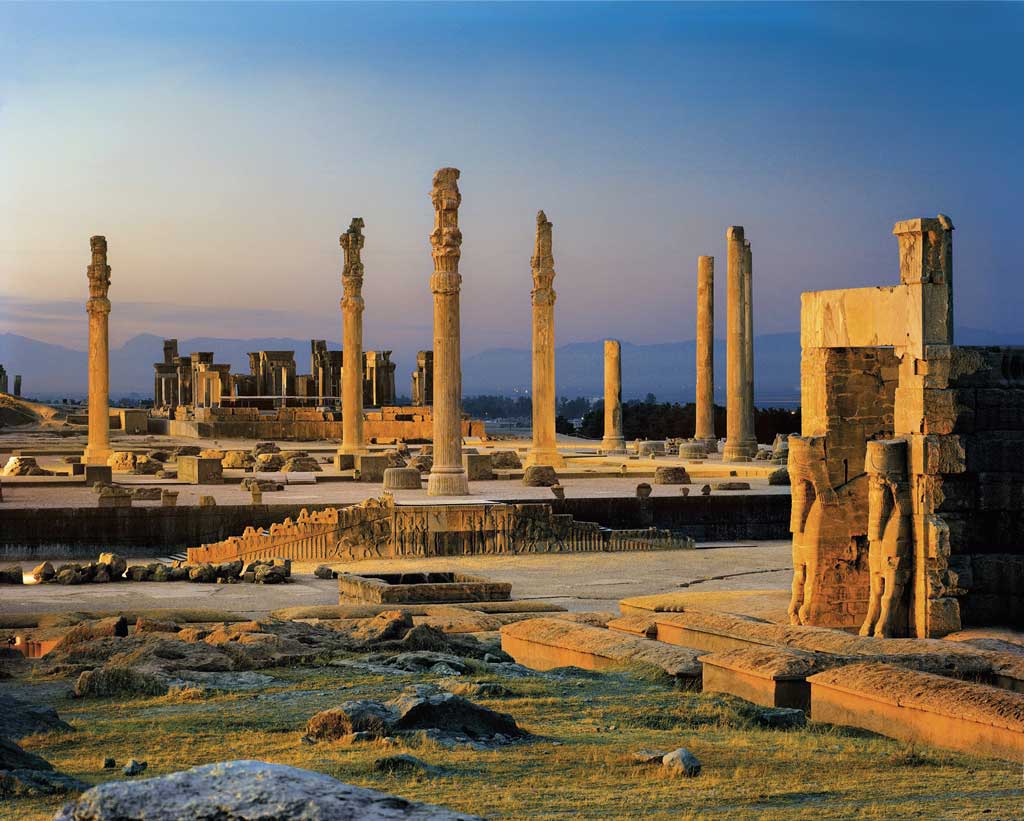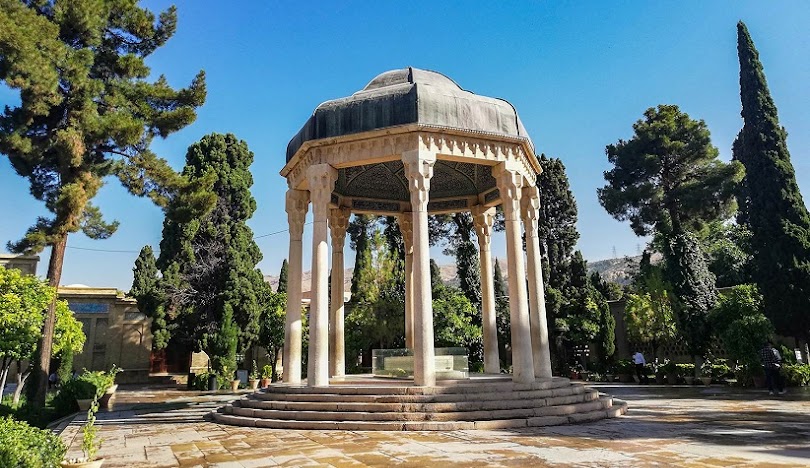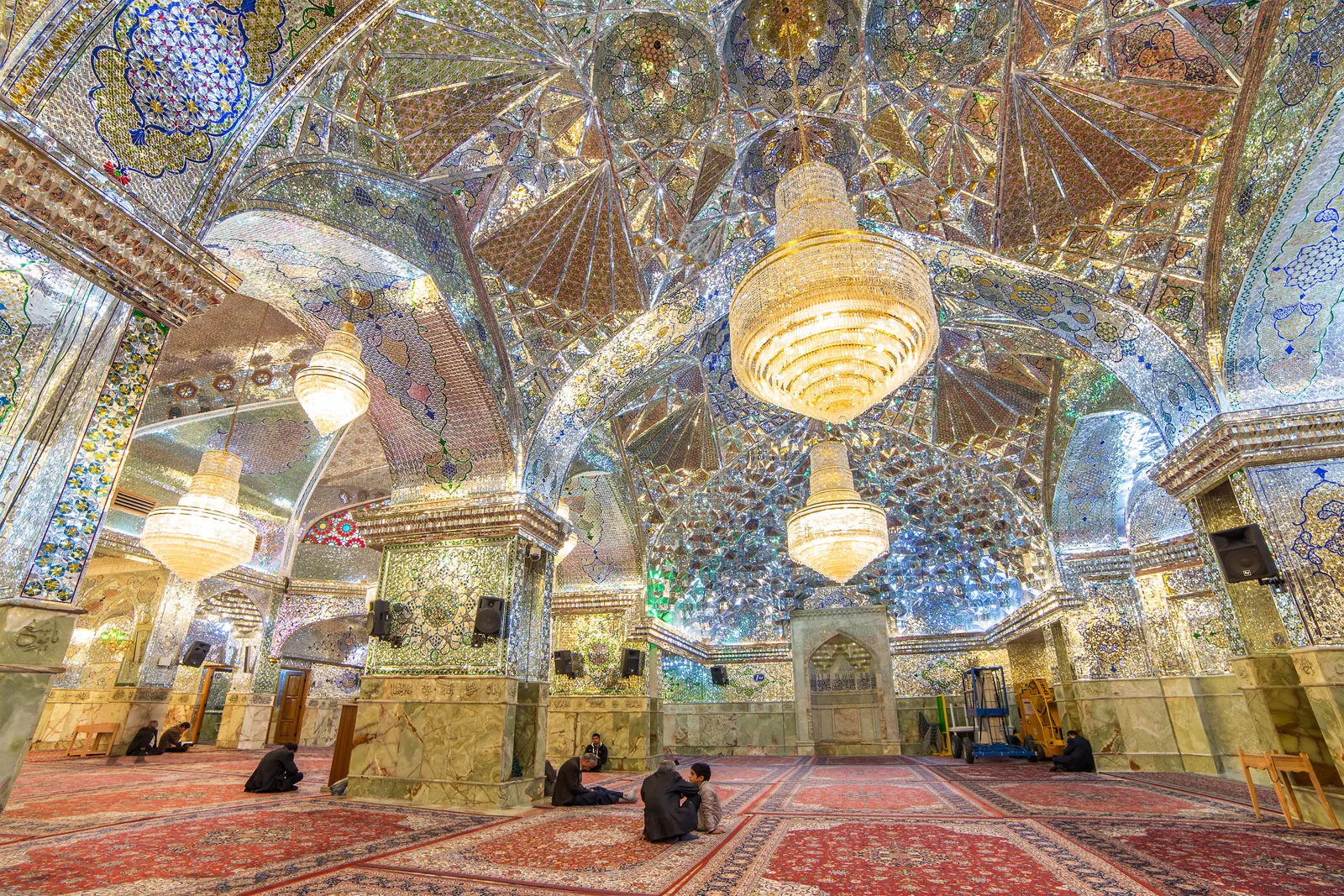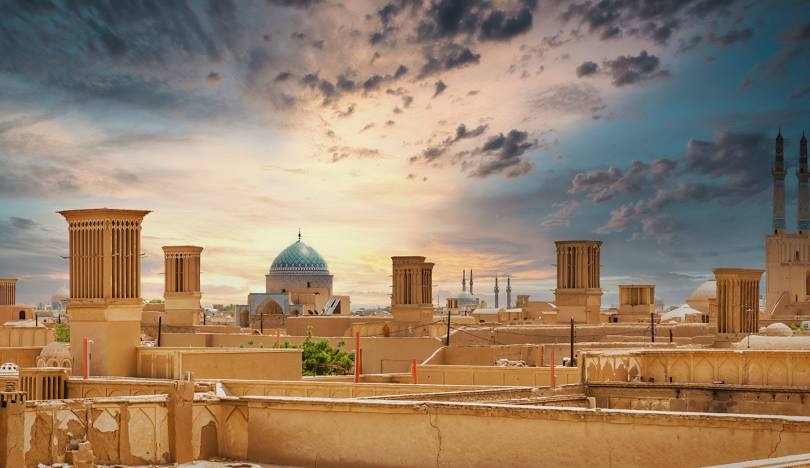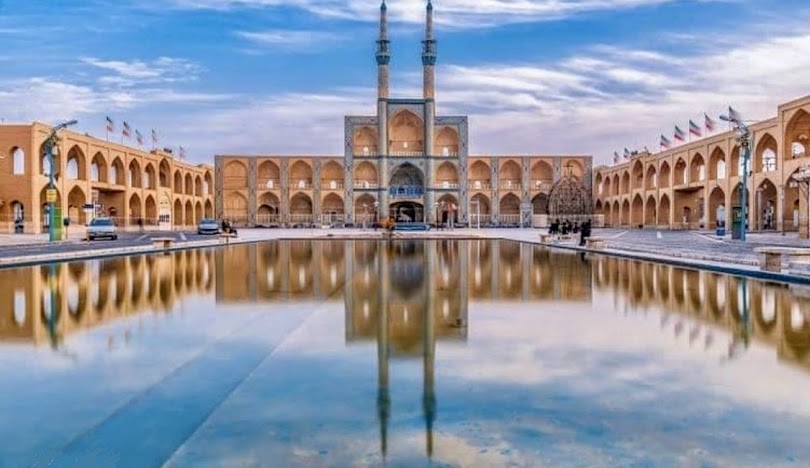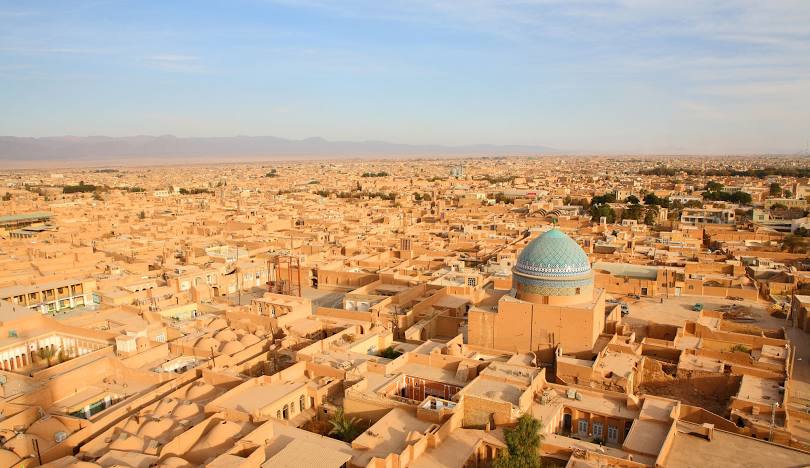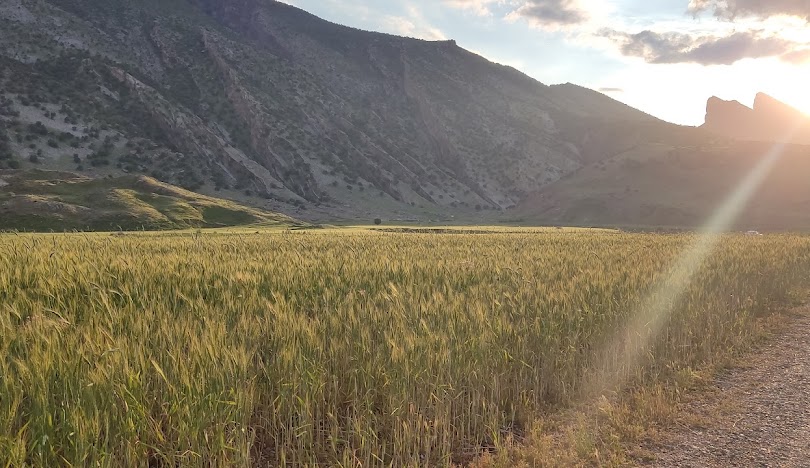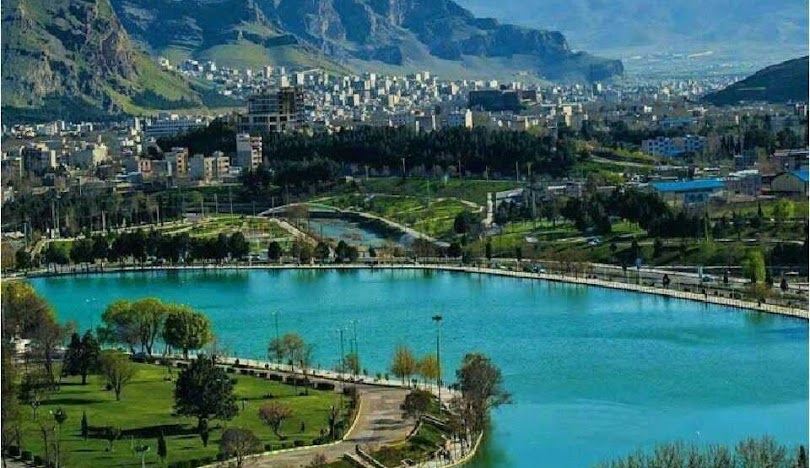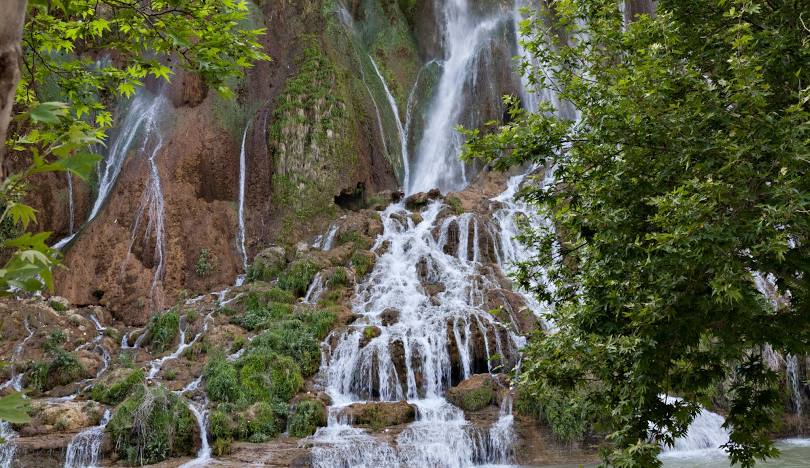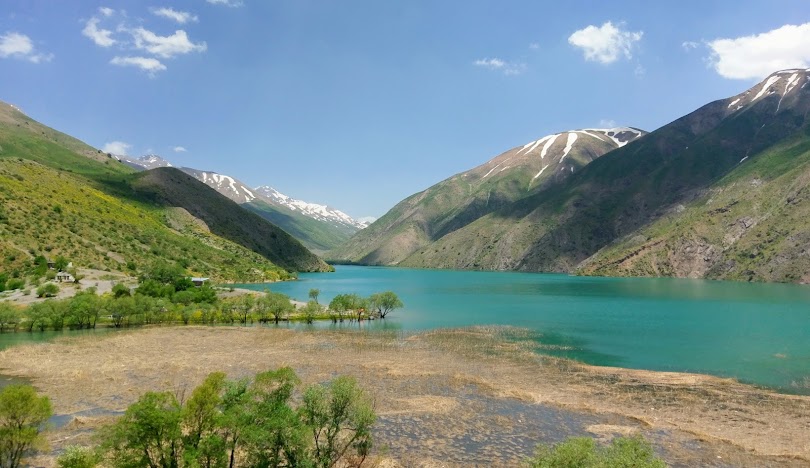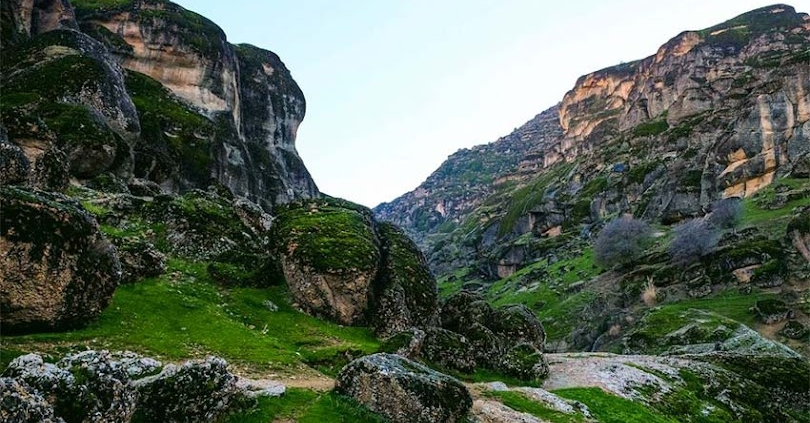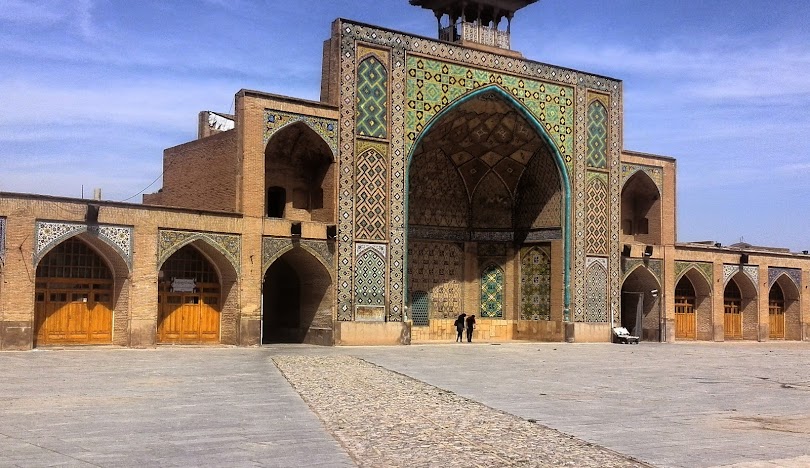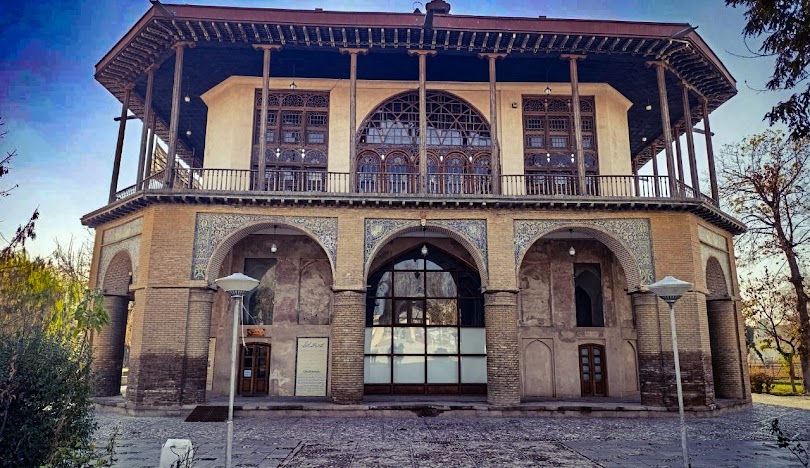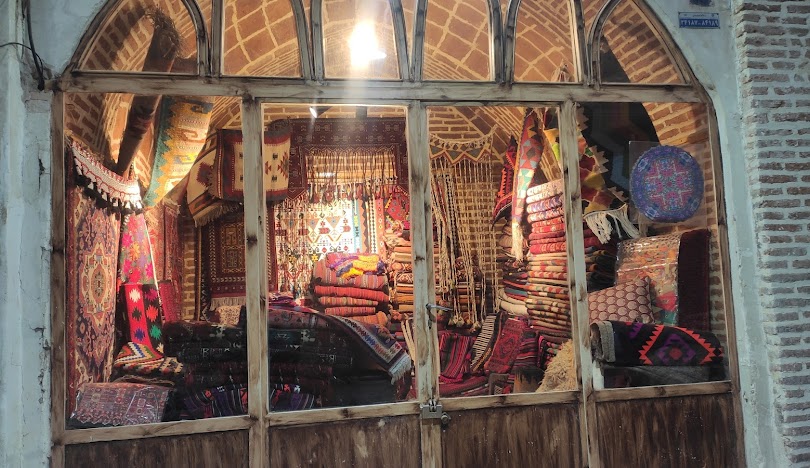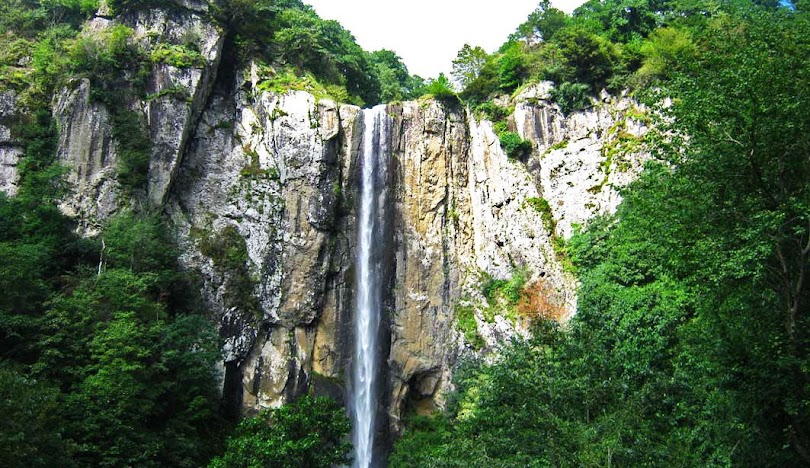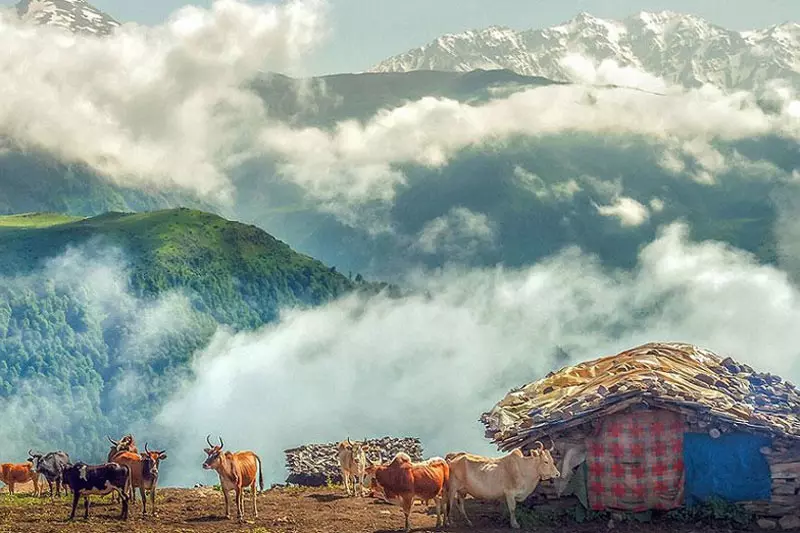The Ultimate Travel Guide to Sistan and Baluchestan, Iran
Why Visit Sistan and Baluchestan?
Often overshadowed by more popular Iranian destinations like Isfahan, Shiraz, and Tehran, Sistan and Baluchestan is a hidden gem that rewards those who venture off the beaten path. Here, you can experience:
- Unspoiled natural beauty from deserts to mountains to coastlines.
- Unique local traditions and Baluchi culture.
- Historical sites dating back thousands of years.
- Hospitable locals eager to share their stories and heritage.
Whether you are a history buff, nature lover, or cultural explorer, Sistan and Baluchestan offers something for everyone.
Best Time to Visit Sistan and Baluchestan
The best time to visit Sistan and Baluchestan is during the cooler months from November to March. Summers can be extremely hot, especially in the desert areas. The winter season brings mild temperatures, making it ideal for sightseeing and outdoor activities.

How to Get There
Although relatively remote, reaching Sistan and Baluchestan is easier than you might think:
- By Air: The main airports in the province are in Zahedan and Chabahar. Flights from major Iranian cities like Tehran and Mashhad are available.
- By Road: You can travel by car or bus from neighboring provinces such as Kerman and Hormozgan.
- By Rail: Zahedan is connected to Iran’s rail network and also has a rail link with Pakistan.
Top Places to Visit in Sistan and Baluchestan
1. Chabahar
Located on the coast of the Oman Sea, Chabahar is the crown jewel of the province. Attractions include:
- Lipar Pink Lake – A stunning pink-hued lake.
- Martian Mountains – Otherworldly landscapes ideal for photography.
- Gwadar Bay – Shared with Pakistan, offering beautiful coastal views.
- Chabahar Free Trade Zone – Great for shopping.
2. Zahedan
The provincial capital is a cultural melting pot with:
- Zahedan Bazaar – Famous for handicrafts, spices, and local goods.
- Mosque of Makki – One of the largest Sunni mosques in Iran.
3. Shahr-e Sukhteh (The Burnt City)
A UNESCO World Heritage Site, this ancient city dates back over 5,000 years. Archaeological discoveries include the world’s earliest known artificial eye and backgammon set.
4. Qasr-e Qand
A picturesque town surrounded by palm groves and rivers, known for its traditional architecture and warm hospitality.
5. Tamin Village
Located in the Saravan region, Tamin is a tranquil village offering:
- Stone houses
- Natural springs
- Traditional Baluchi food
Cultural Highlights
Baluchi People and Traditions
The Baluchi people are known for their rich oral traditions, colorful clothing, and distinct music. Visiting Sistan and Baluchestan offers a chance to:
- Attend local festivals
- Taste Baluchi cuisine like “Tanour bread” and “Dambouka”
- Experience traditional dance and music
Handicrafts
The province is a haven for artisans. Don’t miss:
- Baluchi embroidery – Intricate patterns, mostly done by women.
- Rugs and Kilims – Each with unique tribal designs.
- Jewelry – Often adorned with semi-precious stones.
Natural Wonders
Hamun Lake
Once a vast lake and a UNESCO Biosphere Reserve, Hamun is crucial to local biodiversity. Although it faces environmental threats, the region remains a birdwatcher’s paradise.
Desert Adventures
Explore:
- Lut Desert extensions
- Sand dunes near Saravan
- Off-road driving and camel trekking
Coastal Treasures
With its long coastline along the Oman Sea, the region is ideal for:
- Boating
- Fishing
- Watching dolphins and turtles
Travel Tips for Sistan and Baluchestan
- Respect local customs: Dress modestly and be mindful of local traditions.
- Hire a local guide: Especially in remote areas, a guide can enhance your experience.
- Learn a few Persian or Baluchi phrases: It goes a long way in building rapport.
- Stay safe: The province is generally safe for tourists, but it’s always good to check local advisories.
- Cash is king: Credit cards are rarely accepted; carry sufficient cash.
Accommodations
While the tourism infrastructure is still developing, options include:
- Eco-lodges in villages
- Guesthouses in cities like Zahedan and Chabahar
- Hotels in major towns
Sample Itinerary (7 Days)
Day 1: Arrival in Zahedan – Explore city and bazaar Day 2: Visit Shahr-e Sukhteh – Overnight in Zabol Day 3: Drive to Qasr-e Qand – Explore local culture Day 4: Reach Chabahar – Relax by the coast Day 5: Tour Martian Mountains and Pink Lake Day 6: Boat tour in Gwadar Bay Day 7: Return to Zahedan or fly out from Chabahar
Final Thoughts
Sistan and Baluchestan is more than just a travel destination; it’s a journey into the heart of one of the world’s most authentic and undiscovered regions. From ancient cities to pristine coastlines and a culture untouched by mass tourism, this province offers a unique blend of adventure, history, and hospitality.
For the curious traveler, this Sistan and Baluchestan travel guide opens the door to one of Iran’s most captivating provinces. Start planning your trip today and be among the first to uncover its many treasures.

